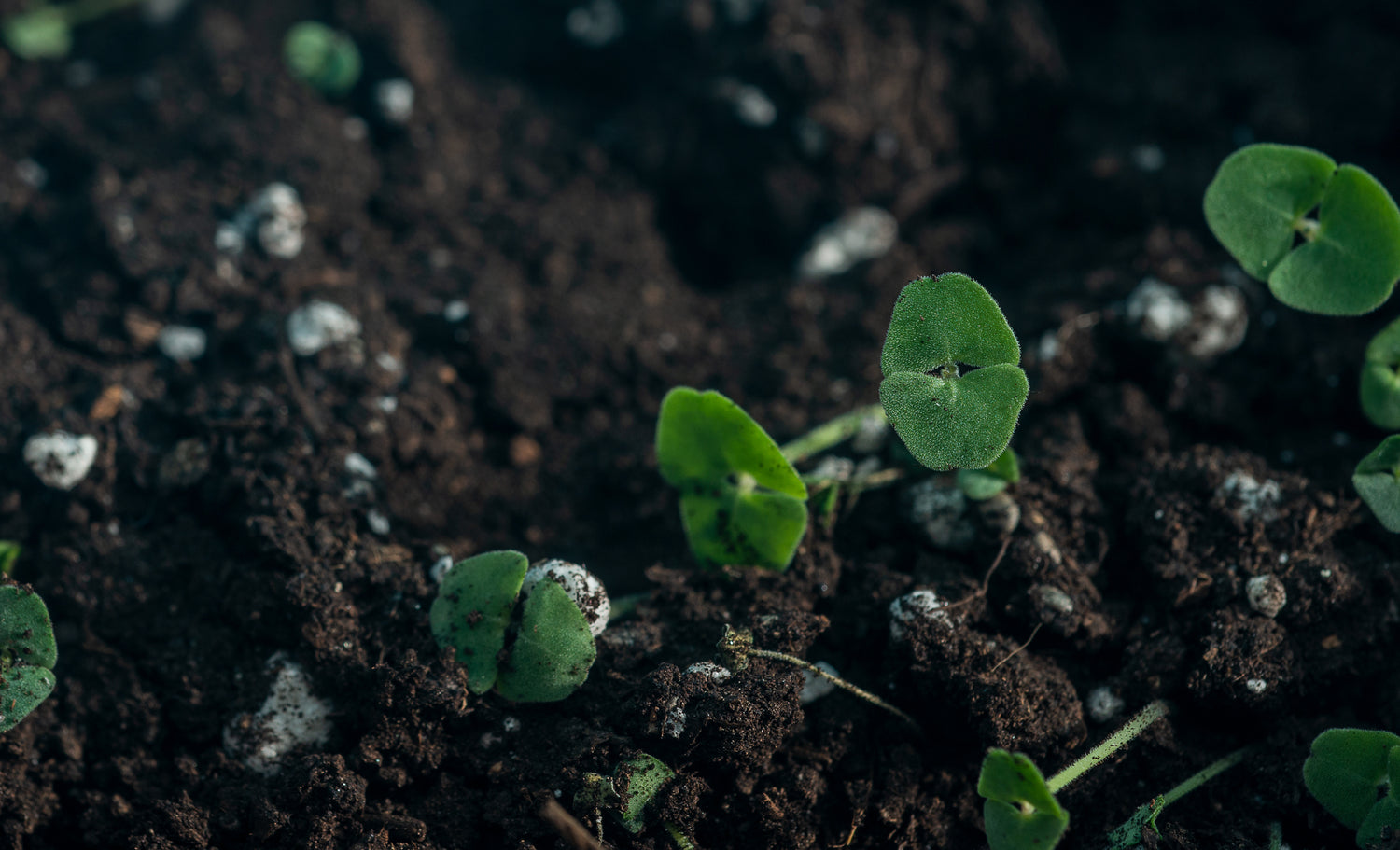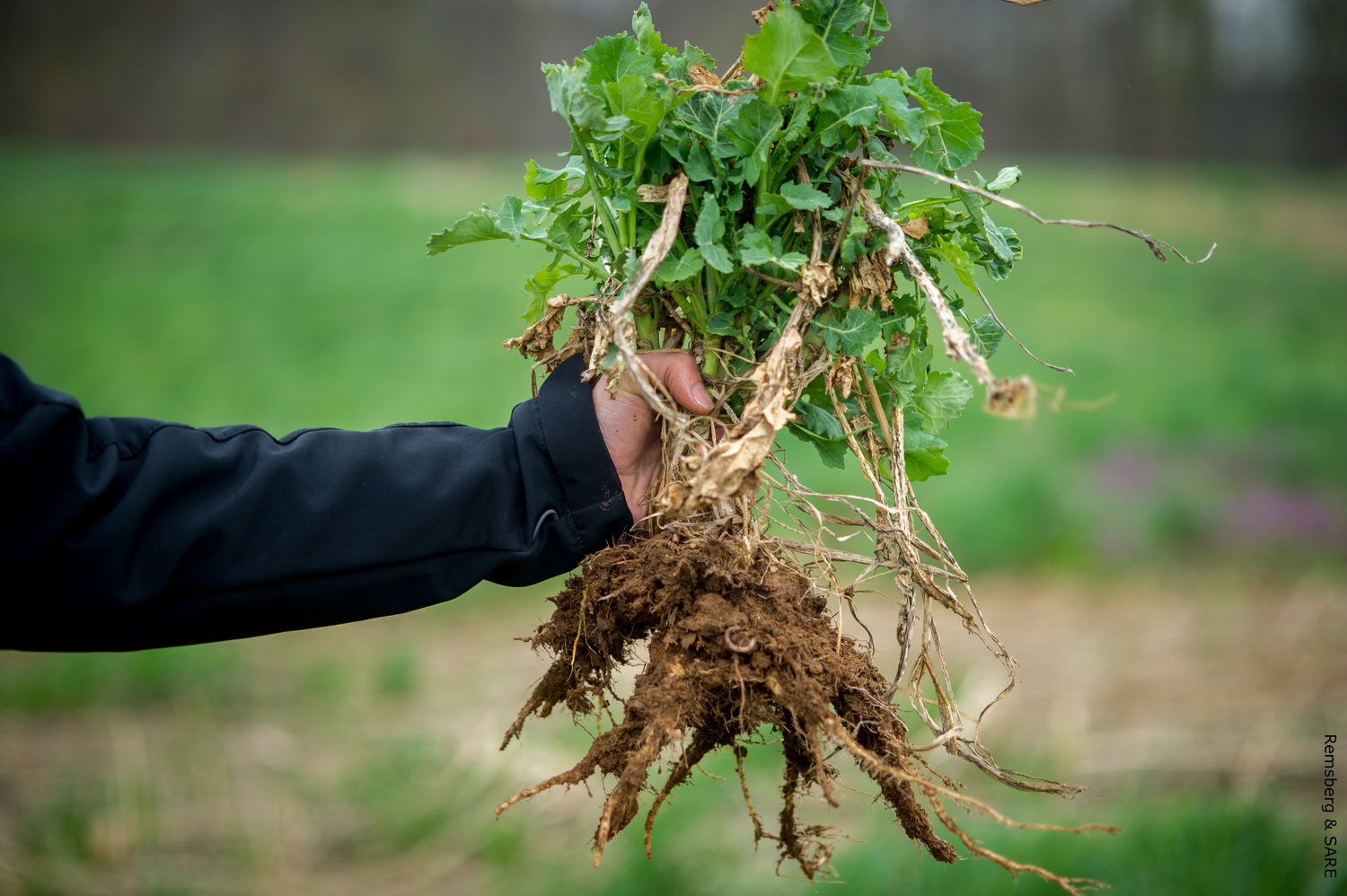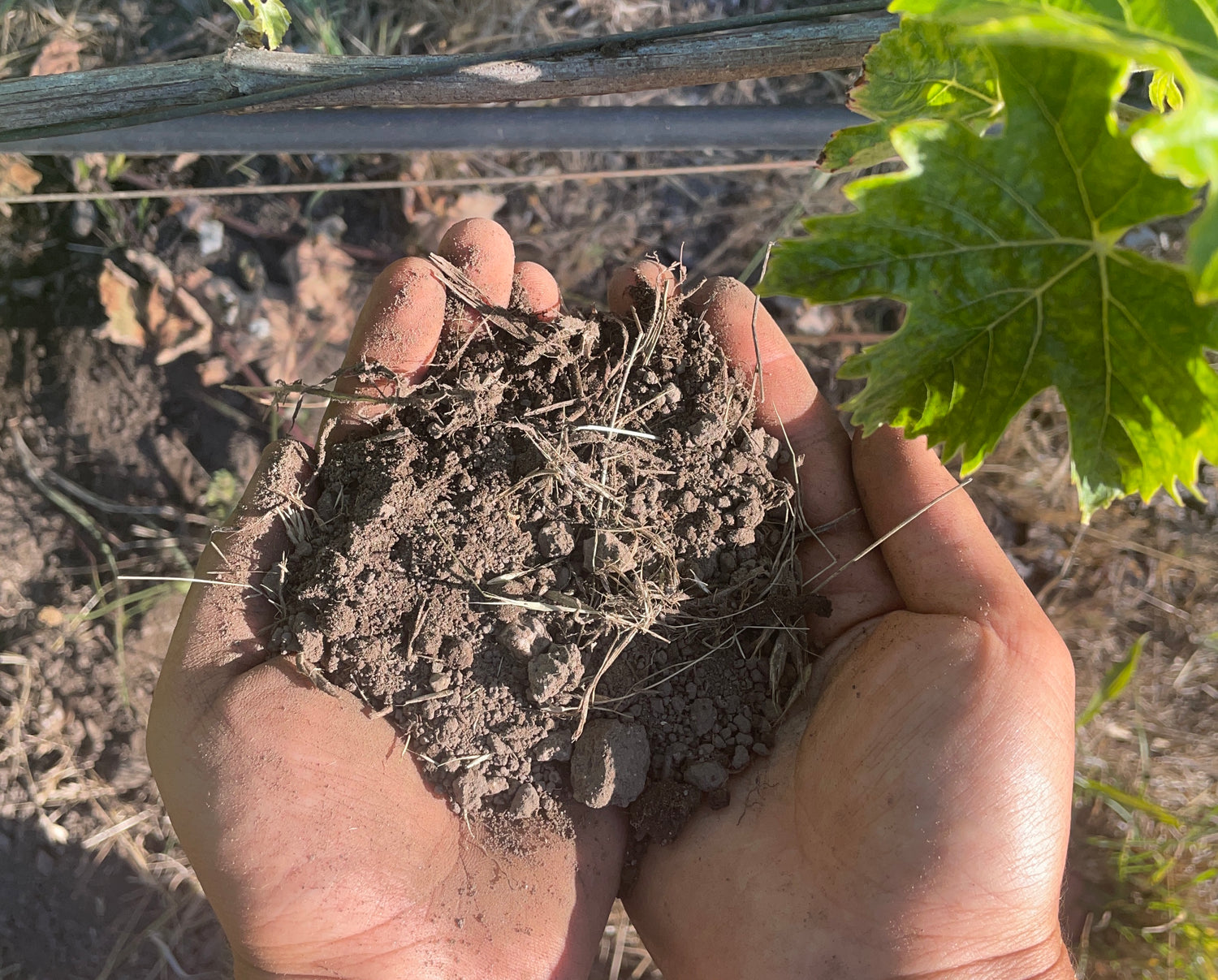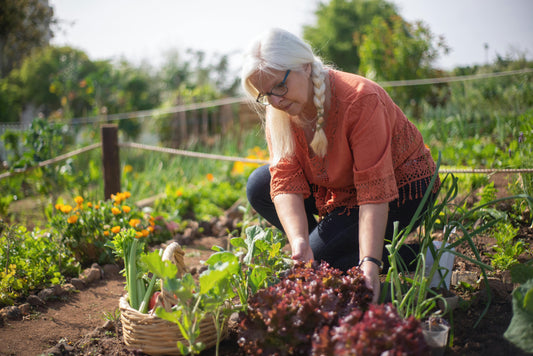Soil health is fundamental to sustainable agriculture and the environment. Traditional soil tests often focus solely on chemical analysis, which doesn't fully capture the biological and ecological aspects of soil health. The Haney soil test, developed by Dr. Rick Haney, addresses this gap by providing a comprehensive assessment of soil's physical, chemical, and biological properties. Here are 11 crucial things you should know about the Haney soil test.
1. Haney Soil Test Method: A Comprehensive Approach
The Haney soil test method integrates multiple tests to evaluate soil health holistically. It measures soil organic matter, microbial activity, nutrient availability, and the balance of carbon and nitrogen. By combining these metrics, the Haney test offers a more complete picture of soil health compared to conventional soil tests.
2. Haney Soil Test Explained: Key Components
Understanding the Haney soil test involves knowing its key components:
- Water-Extractable Organic Carbon (WEOC): Indicates the amount of carbon available to soil microbes.
- Water-Extractable Organic Nitrogen (WEON): Measures the nitrogen accessible to soil organisms.
- Soil Respiration: Assesses microbial activity by measuring CO2 released from soil microbes.
- Soil Health Calculation: Combines WEOC, WEON, and soil respiration to provide an overall soil health score.
3. Evaluating Soil Microbial Activity
The Haney soil health test is particularly valuable for assessing soil microbial activity. Soil respiration, a crucial component of the test, quantifies the CO2 emitted by soil microbes. This measurement reflects the soil’s biological activity and its capacity to cycle nutrients. Studies show that soils with higher microbial activity are more productive and resilient.
4. Nutrient Availability and Efficiency
The Haney soil test measures both the quantity and the biological availability of nutrients. Traditional soil tests may show high nutrient levels, but if these nutrients are not bioavailable, they won't benefit plants. The Haney test method addresses this by focusing on nutrients that are readily available to plants and microbes, ensuring a more accurate assessment of soil fertility.
5. Balancing Soil Carbon and Nitrogen
A unique aspect of the Haney soil health test is its emphasis on the carbon-to-nitrogen (C) ratio. This ratio is critical for understanding soil health because it influences microbial activity and nutrient cycling. A balanced C ratio promotes efficient nutrient use and enhances soil structure, leading to better plant growth and higher crop yields.
6. Haney Soil Test Labs: Where to Get Tested
Several labs across the country offer the Haney soil test. These labs follow the standardized Haney test procedures to ensure consistent and accurate results. Some well-known Haney soil test labs include Ward Laboratories, Regen Ag Lab, and Texas A&M Soil Testing Laboratory. It's essential to choose a reputable lab to obtain reliable data for your soil health assessment.
7. Benefits for Farmers: Improved Soil Management
Farmers who use the Haney soil test can make more informed decisions about soil management practices. By understanding the biological activity and nutrient availability in their soils, farmers can optimize fertilization, reduce input costs, and improve crop yields. A study by the USDA Agricultural Research Service found that farmers using the Haney test reduced fertilizer use by 20-30% without sacrificing crop productivity.
8. Environmental Impact: Reducing Chemical Inputs
The Haney soil health test can help reduce the environmental impact of agriculture by promoting more efficient use of fertilizers and pesticides. By focusing on soil health and nutrient cycling, farmers can minimize chemical inputs, leading to lower runoff and reduced pollution of water bodies. This sustainable approach contributes to healthier ecosystems and improved biodiversity.
9. Support for Conservation Practices
The Haney soil test supports the adoption of conservation practices such as cover cropping, reduced tillage, and organic farming. These practices enhance soil health by improving organic matter, increasing microbial activity, and promoting nutrient cycling. Data from the Haney test can help farmers track the benefits of these conservation practices over time.
10. Gaining Insights into Soil Organic Matter
Soil organic matter (SOM) is a critical indicator of soil health, and the Haney soil test provides valuable insights into SOM levels. High SOM improves soil structure, water retention, and nutrient availability. Research from the Natural Resources Conservation Service (NRCS) shows that increasing SOM by just 1% can enhance soil water-holding capacity by 20,000 gallons per acre.
11. Customized Soil Health Recommendations
One of the key advantages of the Haney soil test is its ability to provide customized recommendations for soil health improvement. Based on the test results, farmers receive tailored advice on soil management practices that can enhance soil fertility, boost microbial activity, and improve overall soil health. This personalized approach ensures that soil management practices are optimized for specific soil conditions and crop requirements.
References
- USDA Agricultural Research Service. (2020). Evaluating the Impact of the Haney Soil Health Test on Crop Production. Retrieved from usda.gov
- Natural Resources Conservation Service (NRCS). (2019). Soil Organic Matter and Soil Health. Retrieved from nrcs.usda.gov












